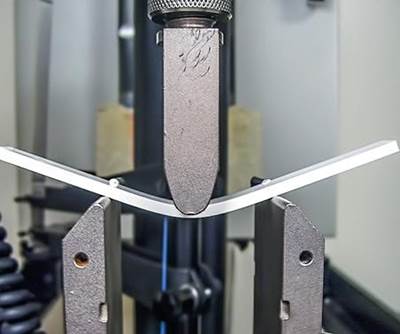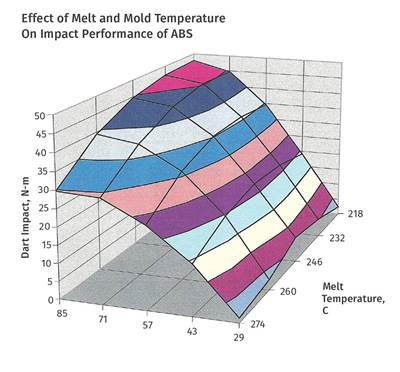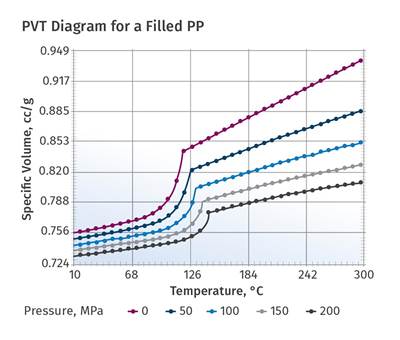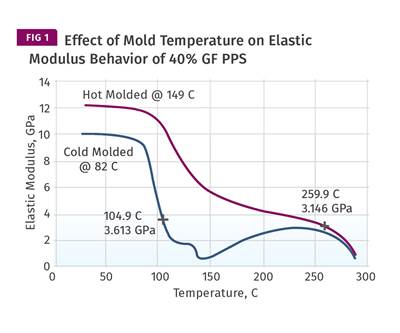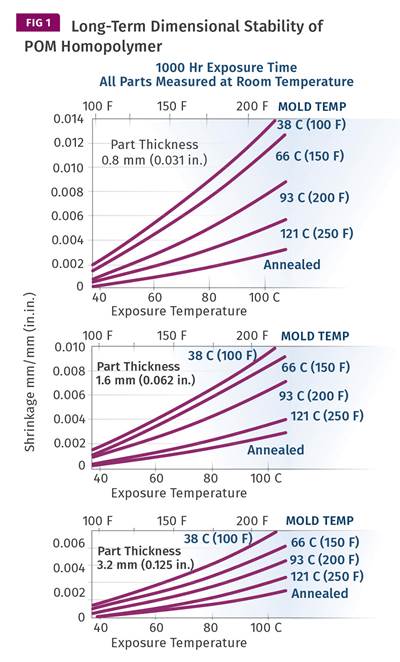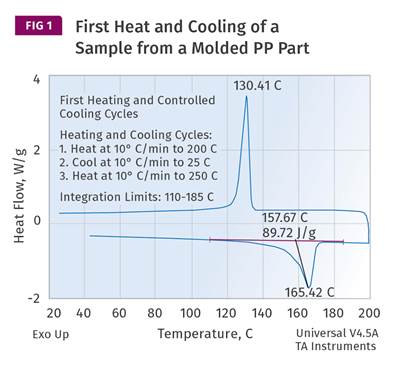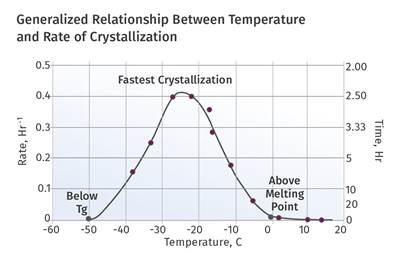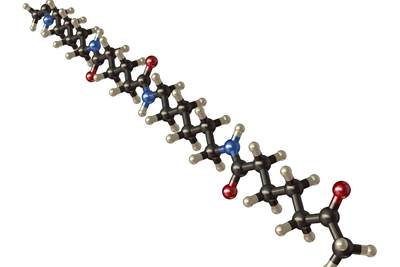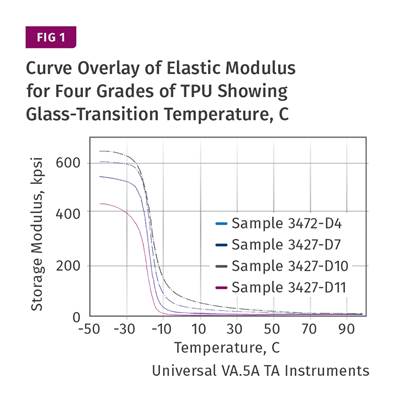Materials Know How
A Processor's Most Important Job, Part 9: Avoid Molded-In Stress
How to establish molding conditions that minimize internal stress in a part.
Read MoreA Processor’s Most Important Job, Part 8: Molded-In Stress
How processing adjustments can control molded-in stress.
Read MoreA Processor's Most Important Job, Part 7: Reviewing Crystallinity
There are several process-related issues that influence crystallinity besides cooling rate. Let’s examine a few.
Read MoreA Processor's Most Important Job, Part 6: Long-Term Effects
The importance of mold temperature to the development of the desired polymer crystalline structure becomes absolutely crucial in the case of high-performance materials.
Read MoreA Processor's Most Important Job, Part 5: POM Polymers
Using a mold temperature above a polymer’s Tg ensures a degree of crystallinity high enough to provide for dimensional stability, even if the part must be used at elevated temperatures. But POM is an exception. Why?
Read MoreA Processor’s Most Important Job, Part 4: Mold Temperature
Engineering polymers require higher mold temperatures to achieve their ideal structure. The temptation to turn down the mold temperatures can hurt part performance.
Read MoreA Processor’s Most Important Job, Part 3: Unintended Consequences
Processors are often expected to compensate for ill-advised decisions made earlier in the product-development process. In the case of shrinkage, one of the most common ‘fixes’ is to simply reduce the mold temperature.
Read MoreA Processor’s Most Important Job, Part 2: Crystallinity
Process conditions help determine the difference between the maximum degree of crystallinity that can be achieved in a polymer and the degree that is present in a molded part.
Read MoreA Processor’s Most Important Job, Part 1: Molecular Weight
Many processors don’t realize that preserving material characteristics is crucial to product success and failure. The focus here is on molecular weight.
Read MoreMaterials: Cycle Time—Science vs. Rules of Thumb, Part 6
This installment—on elastomers—completes a series, whose theme is to bring more science to the discipline of molding. The overall message: Ask a lot of questions whenever someone posits this or that ‘rule of thumb’ about processing.
Read More